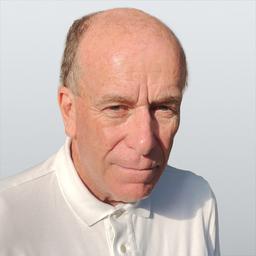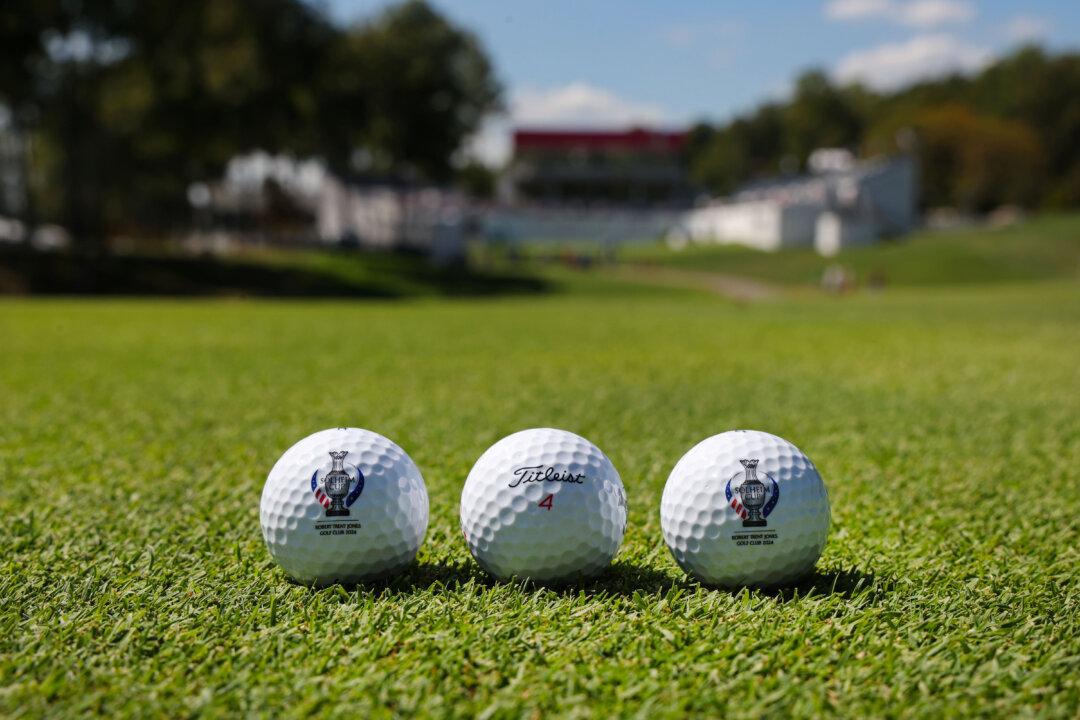When Jordan Spieth joined the professional golf circuit in 2012, there were a number of questions on whether he would continue on the upward trajectory following a stellar junior and collegiate career.
It didn’t take long for his potential to become a tour de force reality.
In 2013—his first full season—Spieth secured his first PGA Tour title. That win, coupled with other high finishes, earned him rookie-of-the-year honors.
In 2014, he nearly captured the green jacket at Augusta before bowing to eventual winner Bubba Watson. Spieth’s scores at the Masters featured no round above even par-72. That finish pushed him into the top 10 in the world rankings. His consistent play earned him a selection to that year’s USA Ryder Cup team at 21—the youngest American since Horton Smith 85 years prior.
Spieth’s ascension on the world golf stage reached overdrive in 2015, when he nearly won the Grand Slam—all four major championships in a single calendar year. He became the second youngest winner of the Masters and tied the 72-hole scoring record of 270 set in 1997 by Tiger Woods.
He followed that up with a triumph in the U.S. Open at Chambers Bay in June as the youngest winner of the championship dating back to when Bob Jones claimed the title in 1923. One month later, at The Open Championship in Scotland, he came close to lifting the Claret Jug at St. Andrews. In the final round, he missed a three-way playoff by one shot.
Spieth concluded the year with a runner-up finish at the PGA Championship, finishing three shots behind winner Jason Day after posting a -17 figure. Amazingly, Spieth was as close to winning the calendar year Grand Slam as any golfer has ever been able to accomplish.
He added a late-season win at The Tour Championship and also claimed the FedEx Cup Playoffs. His stellar play earned him PGA Tour and PGA Player-of-the-Year.
The juggernaut continued for Spieth. He was poised to become only the fourth golfer to successfully win back-to-back Masters and, as late as the start of the back nine, had staked out a five-shot lead before imploding after drowning two consecutive shots into Rae’s Creek at the par-3 12th.
Such a setback would have derailed many golfers, but Spieth pushed forward and, in the 2017 British Open, added his third major title with a stunning victory at Royal Birkdale. He was locked in a final-round battle with playing partner Matt Kuchar when trailing by one shot with five to play. Spieth went on a scoring blitz with an eagle and three birdies to win by three.
In just five years since turning professional in 2012, Spieth, at 24, was ascending rapidly, with many pundits offering comparisons with Tiger Woods.
With 11 PGA Tour wins, it seemed the best of Spieth was yet to come.
And then, just as rapidly, the young champion’s dominant play suddenly began showing cracks.
Since 2017, Spieth has added only two PGA Tour titles—the last coming at the RBC Heritage in 2022 in a playoff win over Patrick Cantlay.

In the three years following his Open Championship win, Spieth played in 63 PGA Tour events. His best finish was a woeful three times among the top three finishers.
In the 28 major championships played since his Open win, Spieth has finished in the top 10 only seven times. Compare that to his superlative play between the 2014 Masters and Open Championship in 2017, a total of 15 major events where he placed in the top 4 seven times, with three wins and two runner-up finishes.
His best finish most recently was T4 at the 2022 Masters. Keep in mind, when he ended the 2023 season, Spieth was ranked 15th in the world. He is now 46th.
In recent times, a problem with his left wrist caused him to opt for surgery in late August. Spieth views his situation in the most positive light and fully expects to rejoin the 2025 Tour season in stride when it commences in January.
Wrist surgeries are common procedures, and those who undergo them have seen improvements in overall function. But daily movements are not the same thing as being able to play elite-level, world-class golf. The only way for Spieth to know with certainty is when he is placed under the spotlight of top-tier competition.
Spieth, the father of two young children, who turns 32 next July, is no longer the amazing whiz-kid. Family responsibilities were not on his radar screen when he became a golf professional. They are now.
The bigger question that looms over Spieth is whether he can recapture his earlier magic. Can his journey come full circle back to the point where he was the sport’s most dominant player?
The landscape of professional golf has changed dramatically since Spieth went professional. Younger players from all over the globe are asserting themselves, seeking to secure their place at the top of the pro golf pyramid. In past years, promising players were expected to take a substantial period of time to get acclimated to the pro golf scene and then produce winning results.
That learning curve has shrunk dramatically because the most promising players are well-suited to competition, having started at an early age and, thereby, are more seasoned to move up the ladder of success.

Spieth’s career arc has been akin to a rollercoaster—incredible highs followed by disappointing lows. Some have wondered whether his amazing spurt of early success was an aberration and that he may never return to that level of play.
Spieth views his time away as nothing more than a reset.
That could be.
There could also be unforeseen complications.
Like with all sports procedures, the success of wrist surgeries cannot be truly seen until the person involved is back in the competitive arena. The golf score is the ultimate barometer.
Jordan Spieth has been a fixture in professional golf for more than a decade. However, being the face of golf at the elite level does not guarantee that what happened in the past will continue without skipping a beat.
Tiger Woods found that out when attempting to overcome multiple surgeries. At 32, he had won 14 majors and seemed on a certain pathway to surpass Jack Nicklaus’s 18 wins. It took Tiger 11 years just to secure his 15th.
Spieth’s journey is sure to be one of the main storylines in 2025, as he clearly provides an impactful human connection when competing. His on-course dialogues with long-time caddie Michael Greller are enlightening intersections of golfer and looper in action, and their return to center stage is much anticipated.
Spieth knows full well what it means to be at the pinnacle of his sport, having been ranked for 26 weeks as golf’s premier player. He also knows how difficult the lows can be, both mentally and physically. The questions only become more pressing, and the mental anguish can easily overpower the strongest, who may view their best golf as insufficient to remain competitive at the highest levels.
Does he have a second act ready as he hits full stride in his 30s?
That question is now on the table.
All eyes will be on Jordan Spieth.







